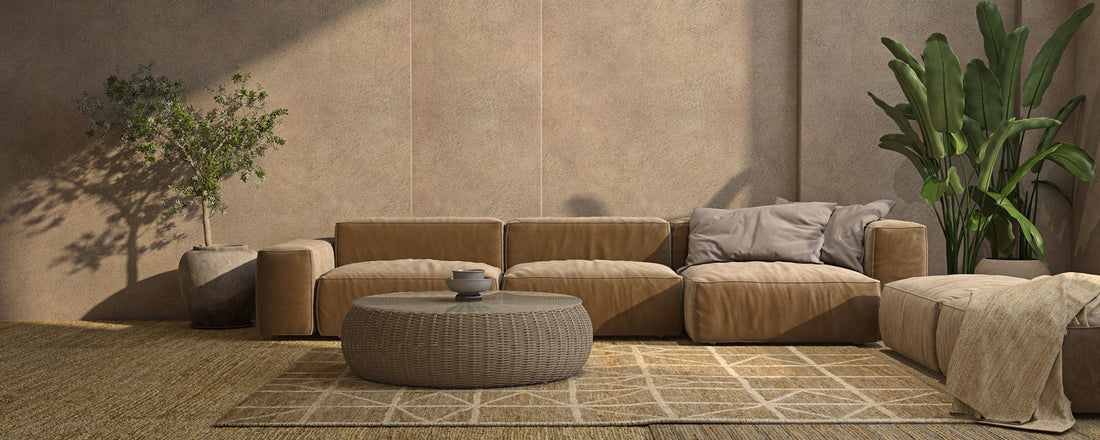
How to Layer Rugs? Best Home Decor Secret to Depth & Drama
Layering rugs is one of the easiest high-impact tricks in interior design. When done right, it adds texture, dimension, and personality—all without a big renovation.
Why Layer Rugs?
Depth: Adds a sense of richness and visual interest.
Warmth: Creates a cozier, more inviting vibe.
Flexibility: Lets you experiment with bold patterns without overwhelming a space.
Zone Definition: Perfect for open floor plans or awkward layouts.
Step-by-Step Guide to Layering Rugs
1. Start with a Neutral Base Rug
Use a large, flat-weave or low-pile rug (like jute, sisal, or a plain wool rug).
Size: Ideally large enough to frame the space (e.g., 8x10 or larger).
Color: Neutral tones like beige, tan, ivory, or gray work best.
2. Add a Smaller Statement Rug
Use a smaller rug (5x7, 4x6, or even a cowhide or round rug).
Choose bold patterns, rich textures, or vibrant colors.
Common materials: Kilim, vintage Persian, Moroccan, faux fur, or shag.
3. Off-Center for Interest
Don’t just center the top rug. Angle or offset it slightly for a more relaxed, boho look.
Example: Place the top rug diagonally under the coffee table or aligned with your sofa’s edge.
4. Play with Shapes
Rectangle on rectangle works—but mixing shapes adds drama.
Try round over rectangle
Sheepskin over jute
Cowhide over wool flatweave
5. Coordinate Colors Without Matching
Pick one or two common tones between the two rugs.
Think contrast: Patterned over plain, plush over woven, bold over subtle.
6. Use Rugs to Zone Your Room
Layer rugs in different parts of a space to define areas: seating vs. reading nook vs. dining.
Pro Tips for a Designer Look
Use a rug pad: under the base rug and another gripper between layers if needed.
Don’t overdo it: Stick to two layers—three becomes cluttered fast.
Keep edges clean if you’re using a rug with fringe on top.
Mix cultures/styles: A vintage Turkish rug over a modern neutral instantly adds depth.